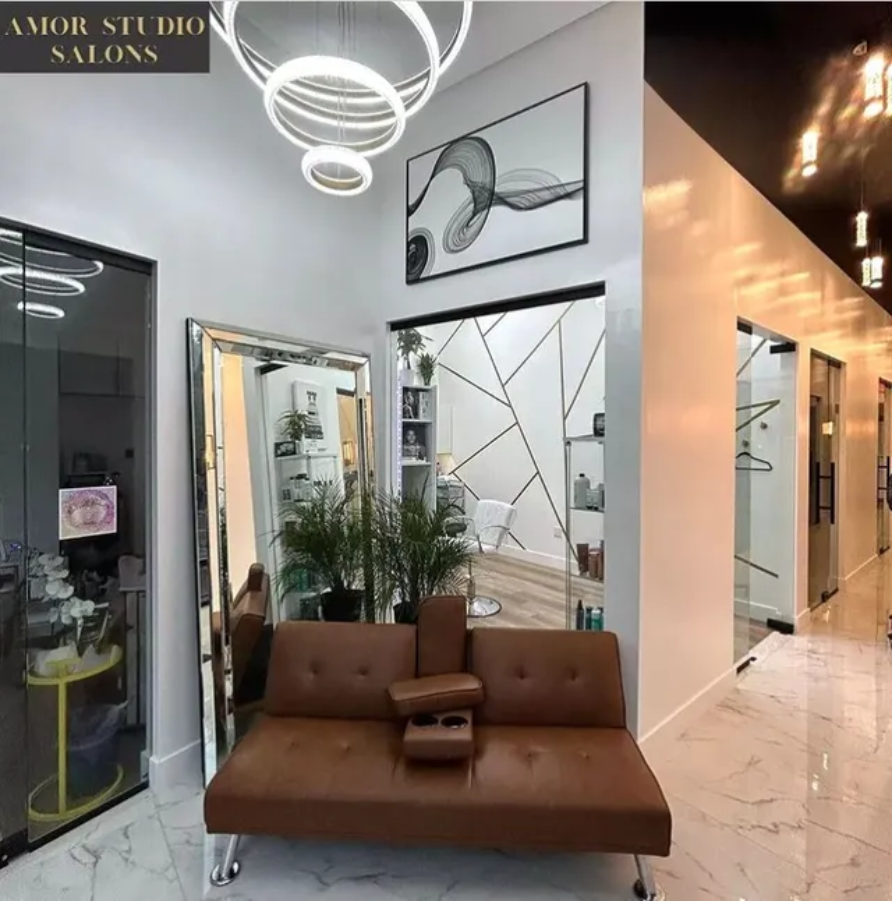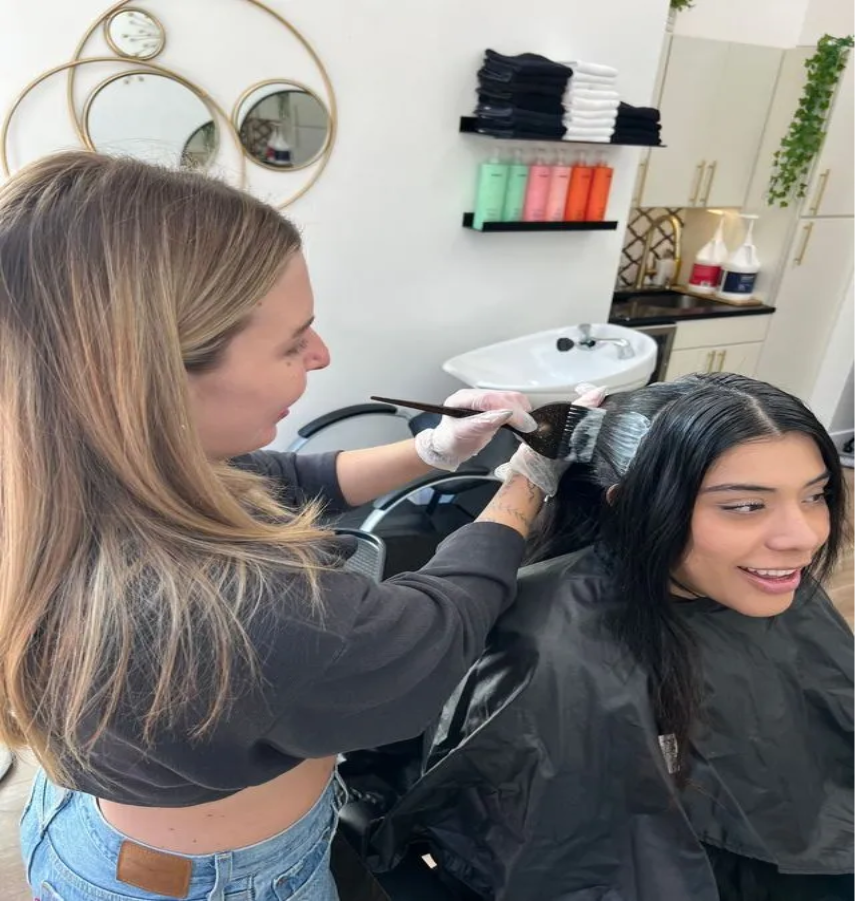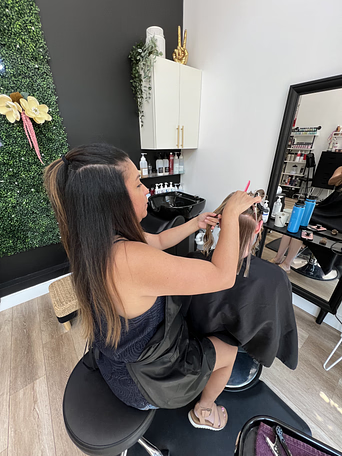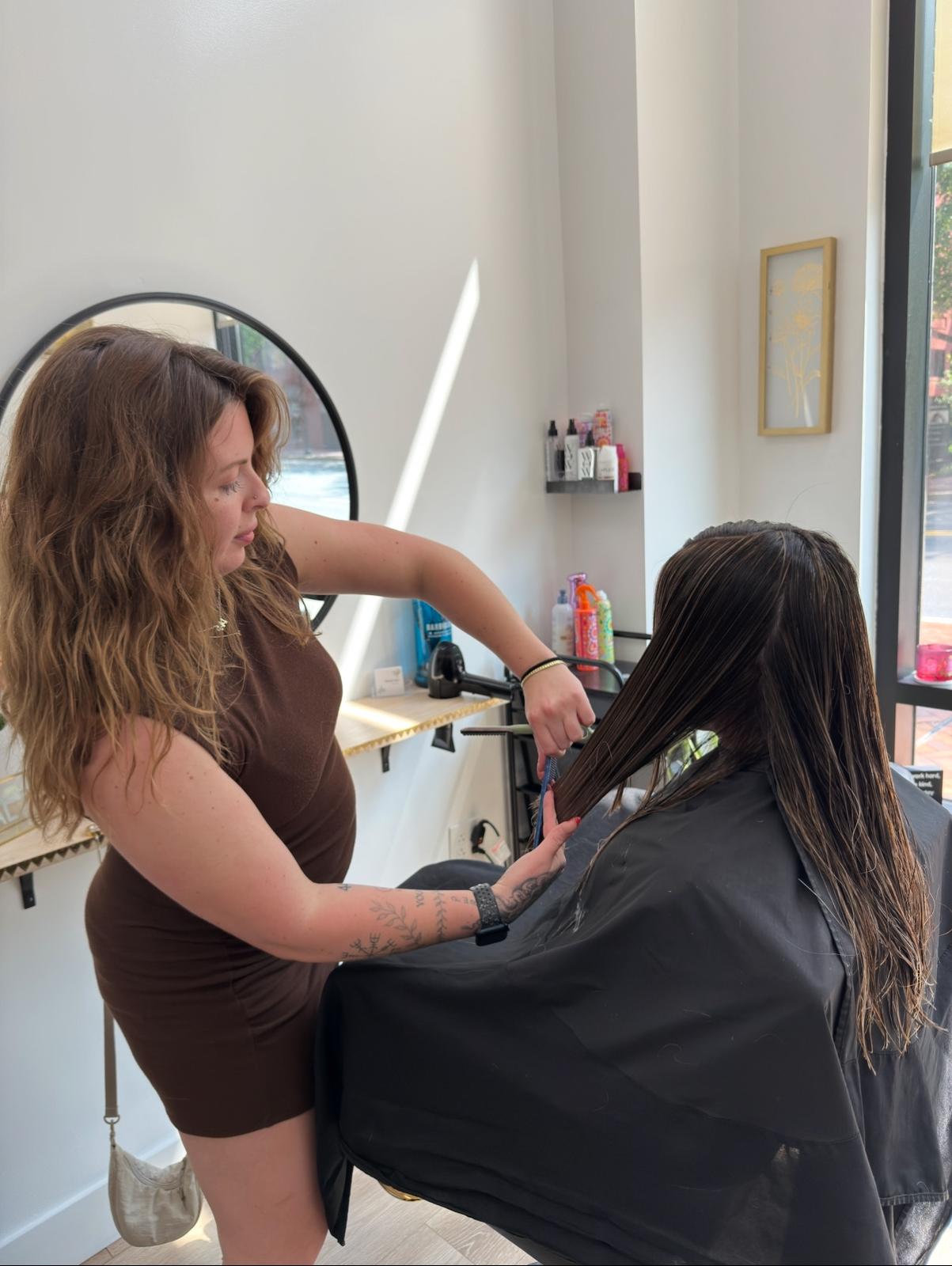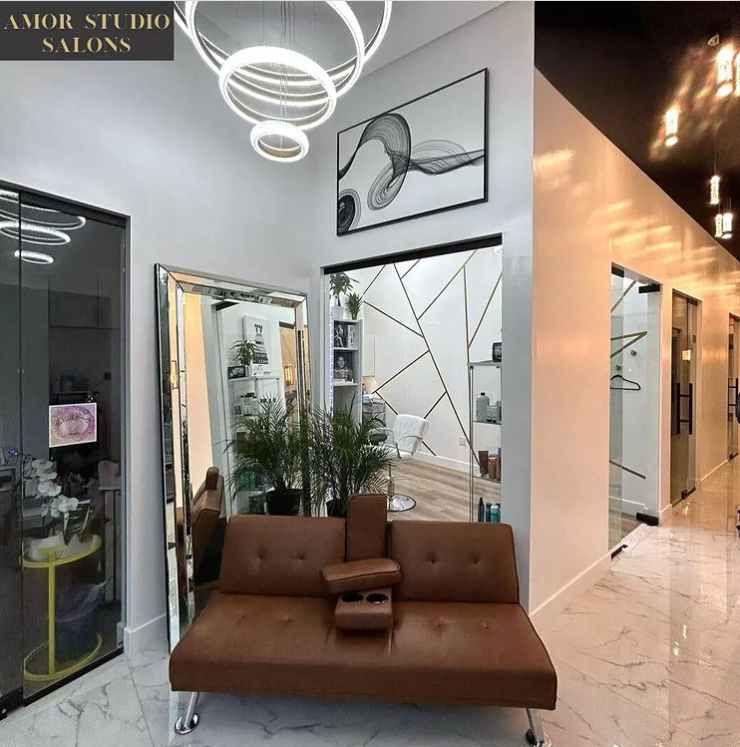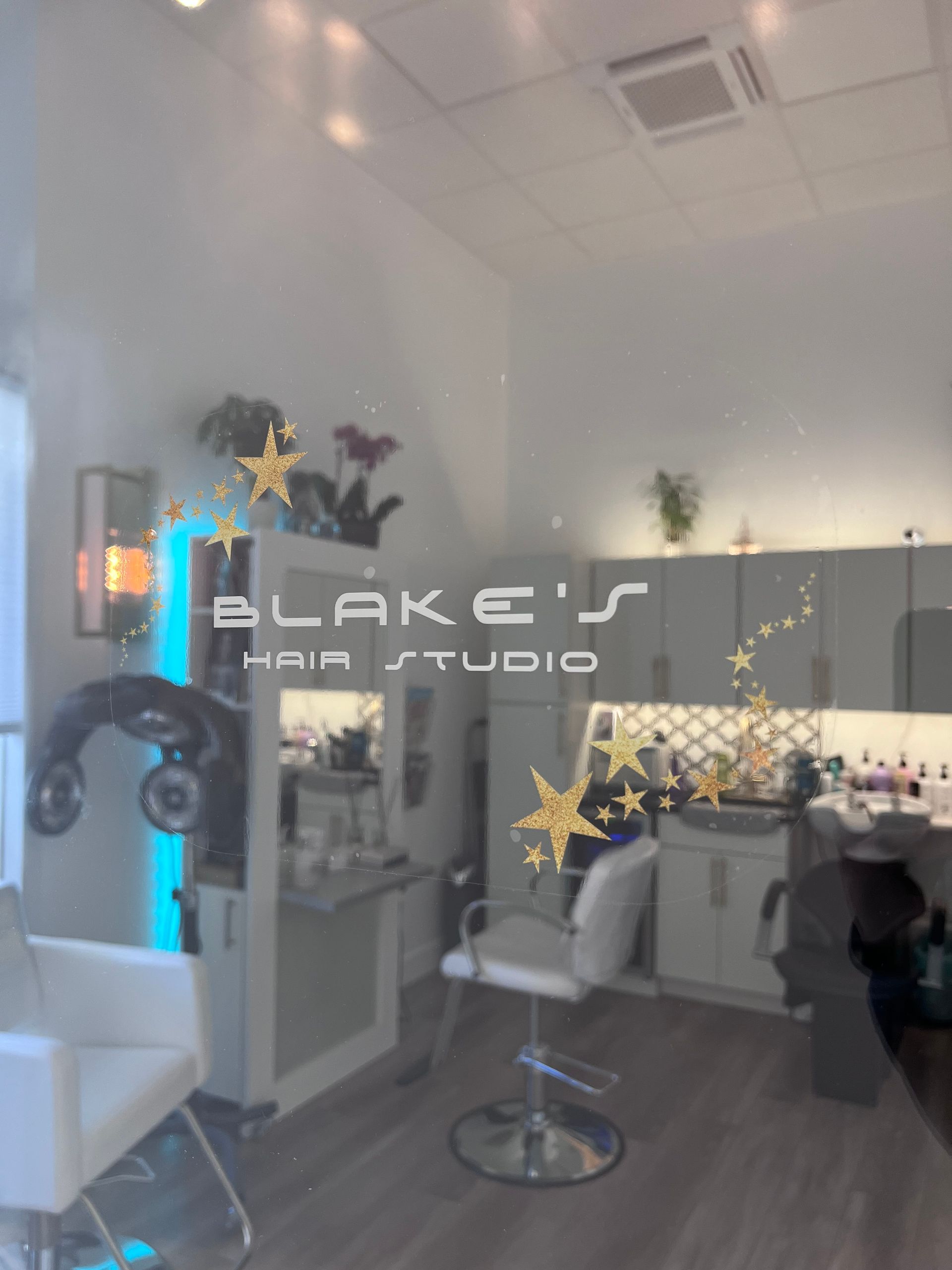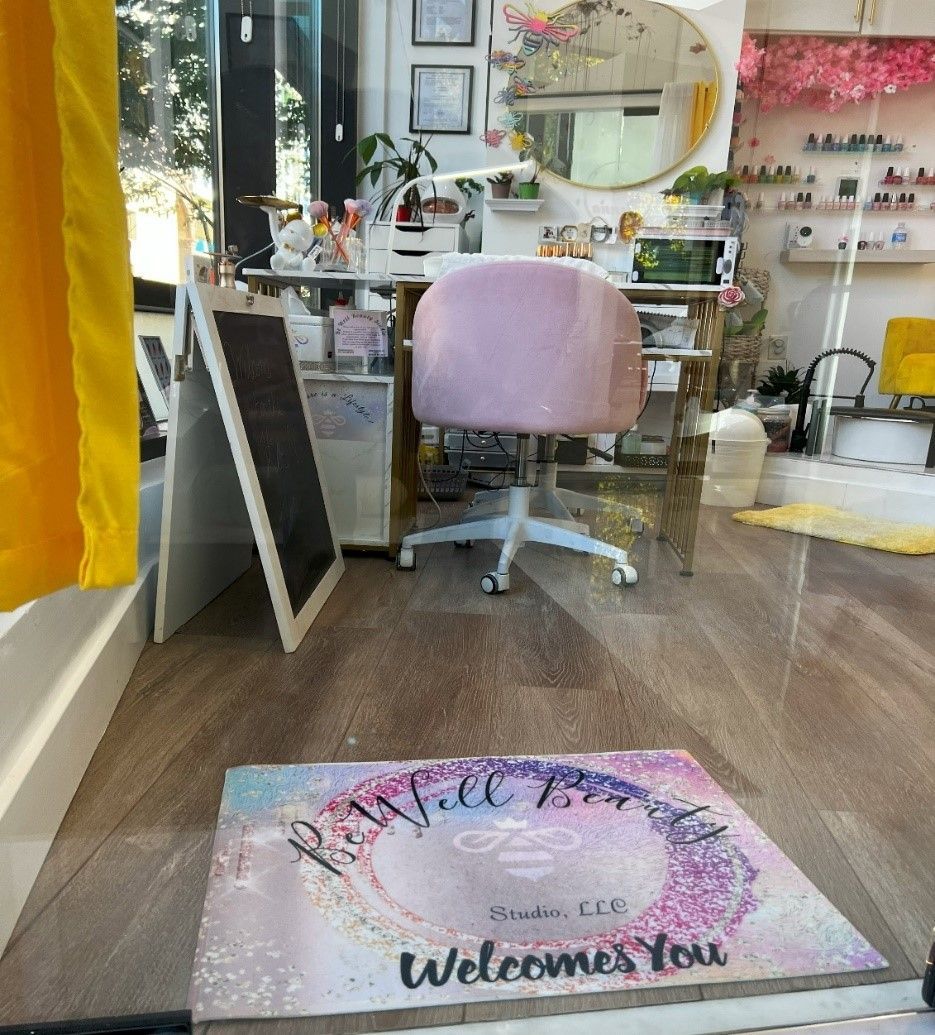5 Financial Metrics to Monitor for a Profitable Salon Space Rental in Bethesda
Hey there, fellow SEOs, marketers, and entrepreneurs! Today, we're delving into the world of salon space rentals, specifically in the vibrant city of Bethesda. Whether you're a seasoned entrepreneur or just starting your journey, understanding the financial metrics that drive profitability is key. In this article, we’ll explore five crucial financial metrics you need to monitor for a successful salon space rental venture.
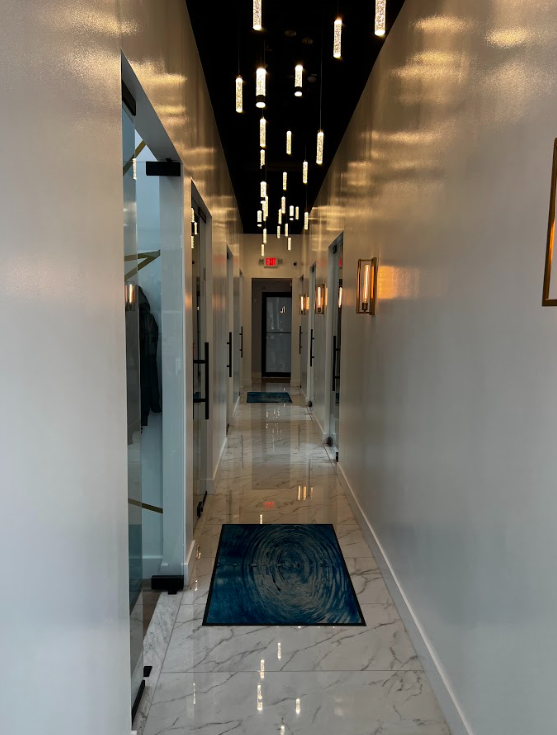
1. Occupancy Rate: Vitalizing Your Salon Space Rental Business
What is it?
The occupancy rate serves as a pulse check for your salon space rental business. This crucial metric measures the percentage of rented salon space in comparison to the total available space within your establishment. In simpler terms, it gauges how effectively you're utilizing your property.
Why it Matters:
Imagine the occupancy rate as the heartbeat of your business. A high occupancy rate signifies that a significant portion of your salon space is consistently booked and in use. This is essential because it ensures steady revenue streams, providing financial stability for your venture. When your salon space is consistently occupied, you're not only maximizing your earnings potential but also creating a bustling, vibrant atmosphere that attracts more clients.
How to Calculate:
Calculating the occupancy rate is straightforward yet pivotal. First, determine the total square footage of your salon space that's currently rented out. Then, divide this figure by the total available square footage of your establishment. Multiply the result by 100 to get the occupancy rate percentage. For example, if you have 500 square feet rented out in a 1,000-square-foot salon, your occupancy rate would be (500 / 1,000) * 100 = 50%.
Why is it Essential?
A high occupancy rate doesn't just mean more income; it signifies effective space management. By maximizing the utilization of your salon space, you're optimizing your resources. This metric is crucial for business planning, helping you make informed decisions about pricing, promotions, and additional services. A bustling salon space creates a buzz, attracting more clients who are drawn to the lively atmosphere, enhancing the overall experience for everyone involved.
2. Revenue per Square Foot: Maximizing Every Inch of Your Salon Space
What is it?
Revenue per square foot is a powerful metric that gauges the average income generated per unit of your salon space. In essence, it quantifies the effectiveness of your space in generating revenue, providing a clear snapshot of your salon’s financial performance.
Why it Matters:
Imagine your salon space as a canvas where each square foot holds the potential for profit. Monitoring revenue per square foot is like painting a masterpiece; it helps you understand the value each inch of your space contributes to your business. When this metric is high, it signifies that you're utilizing your space efficiently and offering services that clients find valuable. This, in turn, enhances your reputation, attracts more customers, and strengthens your revenue streams.
How to Calculate:
Calculating revenue per square foot is straightforward yet insightful. Begin by tallying up your total revenue, encompassing all your services, products, and additional offerings. Then, divide this total revenue figure by the total square footage of your salon space. The resulting number represents how much revenue your salon generates for every square foot. For instance, if your salon earns $100,000 in total revenue and your space is 1,000 square feet, your revenue per square foot would be $100 ($100,000 / 1,000 sq. ft.).
Why is it Essential?
Revenue per square foot acts as a compass guiding your business decisions. A higher revenue per square foot indicates that your salon is not only thriving but also efficiently utilizing its physical space. This knowledge empowers you to optimize your pricing strategies and service offerings. By understanding which services contribute the most to your revenue per square foot, you can focus your marketing efforts and refine your service menu, ensuring your offerings align with what your clients value most.
3. Customer Lifetime Value (CLV): Nurturing Prosperous and Lasting Connections
What is it?
Customer Lifetime Value, often abbreviated as CLV, is a pivotal metric that forecasts the total revenue your salon can expect from a single customer over the entirety of their relationship with your business. It’s like predicting the long and fruitful journey a customer will embark on with your salon, both in terms of services and financial contribution.
Why it Matters:
Cultivating loyal and long-term relationships with your clients is the lifeblood of any successful salon business. A high CLV is a testament to your ability to satisfy customers consistently, ensuring their return visits. Moreover, satisfied customers become your most potent brand advocates, referring others to your salon. A high CLV is a hallmark of customer satisfaction and brand loyalty.
How to Calculate: Calculating CLV is a strategic blend of understanding your clients’ purchasing patterns and their longevity as customers.
- Average Purchase Value: Determine the average amount a customer spends during a single visit to your salon.
- Average Purchase Frequency: Calculate how often, on average, a customer revisits your salon within a specific timeframe (a month, a year, etc.).
- Average Customer Lifespan: Estimate the average number of years a customer continues to avail services from your salon.
Now, multiply the Average Purchase Value by the Average Purchase Frequency, and then multiply this result by the Average Customer Lifespan. The outcome represents the CLV of your customer.
Why is it Essential?
CLV isn’t just a number; it’s a profound insight into your salon’s ability to maintain lasting relationships. High CLV indicates that your salon is not merely transactional but is fostering meaningful connections with its clientele. These loyal customers are more likely to try new services, provide valuable feedback, and recommend your salon to their friends and family, creating a ripple effect of positive engagement and referrals.
4. Net Profit Margin: The Bedrock of Sustainable Salon Success
What is it?
Net Profit Margin, often referred to as the bottom line, is a fundamental financial metric that calculates the percentage of revenue that remains as profit after all expenses—both variable and fixed—have been subtracted. It's the gold standard for measuring your salon’s financial efficiency and profitability.
Why it Matters:
Imagine net profit margin as the essence of your salon's financial health. A healthy net profit margin signifies that your salon is not only generating revenue but also effectively managing its expenses. This financial metric is crucial because it provides a clear picture of your salon’s profitability. By understanding how much of your revenue translates into profit, you can make informed decisions about investments, expansions, and operational improvements.
How to Calculate:
Calculating net profit margin involves simple yet critical arithmetic. Begin by subtracting your total expenses, which include costs for staff, supplies, rent, utilities, and other overheads, from your total revenue. Once you have this net profit figure, divide it by your total revenue and multiply the result by 100. The final number represents your net profit margin as a percentage. For instance, if your salon's total revenue is $150,000 and total expenses amount to $100,000, your net profit margin would be (($150,000 - $100,000) / $150,000) * 100 = 33.33%.
Why is it Essential?
Net profit margin is the cornerstone of your salon’s sustainable growth. It indicates how efficiently your salon is operating and highlights the balance between revenue generation and cost management. A healthy net profit margin not only ensures financial stability but also provides room for strategic business expansion. It allows you to reinvest in your salon, hire skilled staff, upgrade equipment, and offer training programs, all of which contribute to enhancing the quality of your services.
5. Return on Investment (ROI): Your Guide to Strategic Marketing Success
What is it?
ROI, or Return on Investment, is a pivotal metric that measures the effectiveness of your marketing strategies. It quantifies the revenue generated from your marketing investments, providing a clear understanding of how efficiently your marketing efforts translate into financial returns.
Why it Matters:
Imagine ROI as the compass guiding your marketing ship through the vast digital seas. In the ever-evolving landscape of marketing, understanding which channels yield the best ROI is indispensable. It enables you to make data-driven decisions, optimize your marketing budget, and focus your resources where they'll have the most significant impact. By identifying high-performing marketing strategies, you can refine your campaigns, enhance customer engagement, and ultimately, boost your salon's revenue.
How to Calculate:
Calculating ROI involves a straightforward formula that empowers you to assess the profitability of your marketing initiatives.
- Subtract Marketing Cost from Revenue: Begin by subtracting the total cost incurred for your marketing efforts from the revenue generated through these initiatives.
- Divide by Marketing Cost: Next, divide the result from step one by the total cost of your marketing campaign.
- Multiply by 100: To express the ROI as a percentage, multiply the quotient by 100. This final number represents the ROI for your marketing campaign.
For instance, if your marketing campaign costs $5,000 and generates $25,000 in revenue, your ROI would be (($25,000 - $5,000) / $5,000) * 100 = 400%.
Why is it Essential?
ROI is the linchpin of effective marketing strategies. It empowers you to discern which campaigns are driving real results and which ones need adjustments. By investing resources wisely based on ROI insights, you can amplify the impact of your marketing endeavors. It helps you identify the channels, messages, and audience segments that resonate most effectively, allowing you to craft targeted, impactful campaigns that yield substantial returns.
Mastering Your Salon Space Rental Finances
Understanding these financial metrics is like having a GPS for your salon space rental business. Monitoring and optimizing these indicators enable you to make informed decisions, refine your marketing strategies, and enhance customer experiences. Whether you're a digital marketer crafting online campaigns or an entrepreneur shaping the future of salon rentals, these metrics empower you to steer your business toward profitability and sustainable growth.
Remember, it's not just about renting space; it's about creating a thriving, profitable salon community in the heart of Bethesda. So, keep an eye on these metrics, adapt your strategies, and watch your salon space rental venture flourish! Here's to your success in the dynamic world of salon business!
Frequently Asked Questions (FAQs): Unlocking Insights for Salon Space Rentals
Q1: How can I increase my salon space’s occupancy rate?
A1: To boost occupancy, consider offering limited-time promotions, collaborating with local influencers for exposure, and ensuring your salon space is aesthetically appealing. Engaging social media campaigns can also attract new clients.
Q2: What factors influence customer lifetime value (CLV) in the salon industry?
A2: Exceptional customer service, personalized experiences, loyalty programs, and consistent quality of services contribute significantly to increasing CLV. Encourage repeat visits and referrals through special incentives and exceptional client care.
Q3: How can I improve my salon’s net profit margin?
A3: Managing expenses efficiently, negotiating favorable vendor contracts, and optimizing staff scheduling to align with peak hours can help improve net profit margins. Additionally, analyzing pricing strategies and service offerings for profitability is crucial.
Q4: Is it essential to track ROI for salon marketing efforts?
A4: Yes, tracking ROI is vital. It allows you to identify the most effective marketing channels and campaigns. By focusing resources on high-ROI strategies, you can maximize your marketing budget and drive substantial revenue.
Q5: What steps can I take to enhance my salon’s online presence for better ROI?
A5: Invest in professional website design and optimize it for local search. Engage with your audience on social media platforms, showcase client testimonials, and run targeted online advertising campaigns. Regularly update your online profiles and respond promptly to client inquiries.
Your Salon Space Rental Business Today!
Ready to transform your salon space rental venture in Bethesda? Contact us today at Info@amorstudiosalons or call us at 240-349-7393. Don’t just stop at reading these insights; put them into action! Monitor your metrics, refine your strategies, and create a salon experience that stands out.


